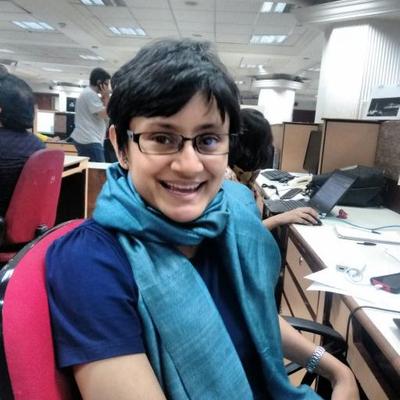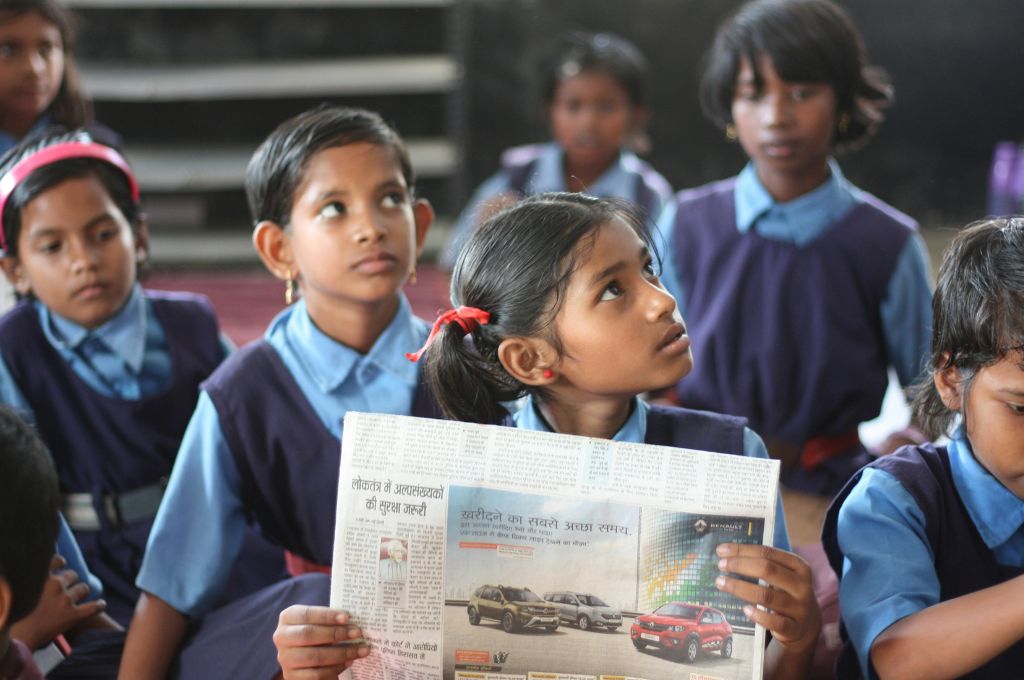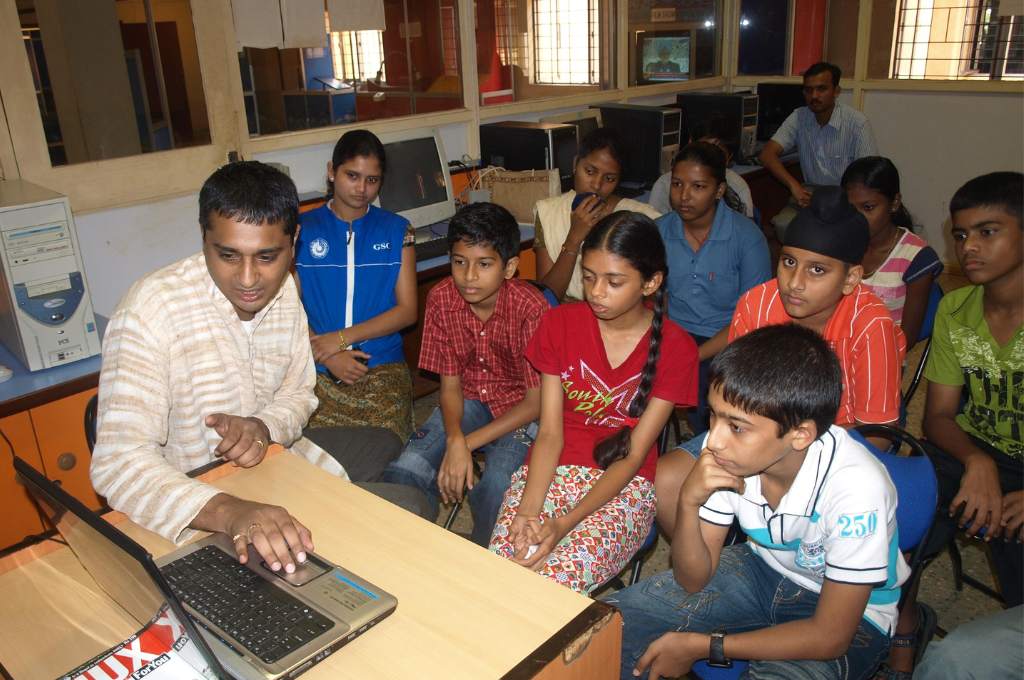Indian parents send their children to fee-charging primary schools thinking they will get an English-medium education. In reality, over half of them are taught in Indian languages.
A survey of 1,210 families with 2,464 children, conducted earlier this year by the Azim Premji Foundation in four states, shows that parents do not always make sound choices when it comes to educating their children. Often, the reality in schools does not match what parents believe about them, the foundation’s report, School Choice in Low-Information Environments, notes.
The concept of “school choice” envisions an educational system that is not tightly regulated and gives parents a variety of public and private institutions to choose from. This encourages competition among schools since parents, by exercising school choice, help weed out the less popular ones. The concept itself—and any policy based on it—presume a high level of awareness and understanding on the part of parents.
The Azim Premji Foundation set out to study how Indian parents choose schools. What influences their decisions, particularly in “low-information environments”, where there is “lack of data and limited understanding among parents on how to compare schools”?
“No reliable third-party, government or any other, provides verified information on important parameters of schools,” Anish Madhavan of the Azim Premji Foundation explained their findings. “Parents, many of whom have not been to school, are not necessarily fully equipped to evaluate schools by themselves.”
Choosing a school is a complex exercise, influenced by the social and cultural aspirations of parents.
The researchers analysed the factors that determine parents’ choices and how they “map to the objective reality of schools”. Exploring in more detail two of the factors—English-medium education, teaching and learning—they found parents’ expectations and beliefs often did not square with the reality in schools. Choosing a school is a complex exercise, influenced not just by what parents believe to be “quality education”, but also their social and cultural aspirations. However, the paucity of information “allows for a situation in which actual educational outcomes can be subordinated, or worse, undermined”, the report contends.
The survey
The survey was conducted in three stages. In the first, the researchers surveyed 1,210 families in 25 village clusters across 10 districts of Chhattisgarh, Karnataka, Rajasthan and Uttarakhand. Only those clusters with at least 10 schools in their vicinity, roughly an equal mix of public and private ones, were considered.
Parents were asked which school in the vicinity they most preferred—not necessarily the one their children attended—and why. In 14 out of 25 places, the most preferred school was private. In the rest, it was a public school. But public schools “invariably figured” in the top three preferred schools in 21 of 25 clusters.
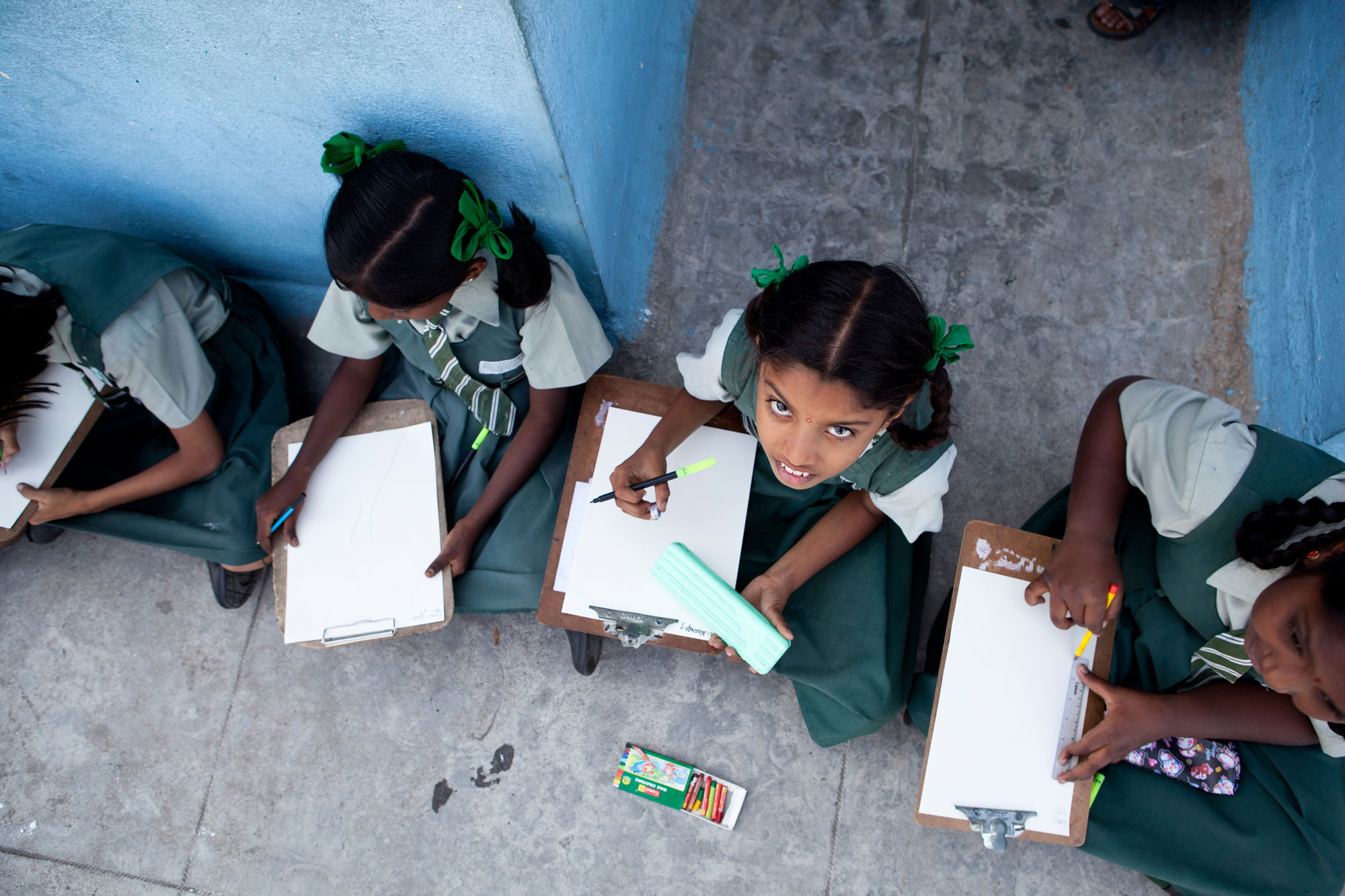
Picture courtesy: Charlotte Anderson
They were then asked which schools their children actually attended. Nearly 51% of the children attended public schools.
Their reasons for preferring a particular school or sending their children to one were divided in 15 broad categories, determined by factors such as infrastructure, general reputation, teaching and learning, safety, and cost.
In the second stage, principals of 121 public and private schools were interviewed and “school processes” observed to “ascertain the match” between the perceptions and beliefs of parents about them and the reality. There was a “huge mismatch” in the case of low-fee private schools, especially with regard to their claim of being English-medium, the report states. The researchers also found a tendency among parents to emphasise “educationally unimportant but aspirational factors” such as uniforms, CCTV cameras and availability of school transport.
Finally, the researchers interviewed in detail 50 parents belonging to different “asset quintiles”, or five levels of wealth, and 12 head teachers and 24 teachers from private schools.
Choosing schools
The quality of “teaching and learning” was the main reason for 28% of the parents to prefer public schools and 36% of those who picked private ones. Beyond this, the two sets of parents were motivated by very different factors. For those who chose private schools, the second most common reason was the belief they were “English-medium”. The corresponding factor for those who preferred public schools was expenses.
The other factors that parents considered but emphasised less were the school’s reputation, facilities, inclusiveness, encouragement and support, administration, whether it was coeducational, had all classes and taught in vernacular medium.
Why parents prefer a particular school
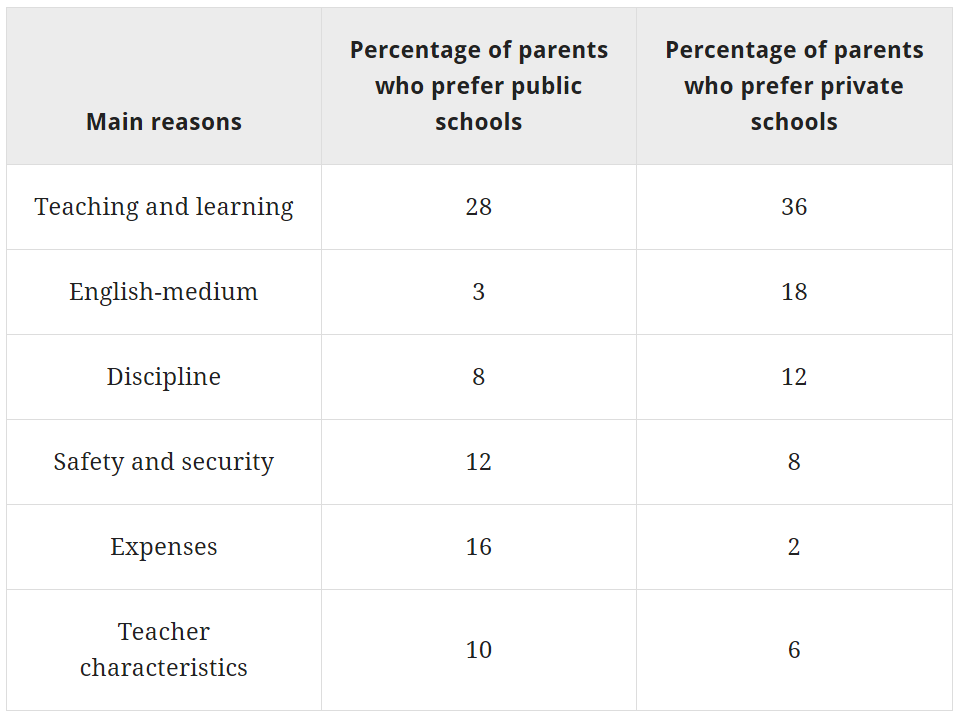
Source: Scroll.in
The study covered children in Classes 1 through 8. Elementary schooling is free in public schools, but public schools charge fees. The study found a clear correlation between income and school choice. Only 17% children in the top wealth quintile attended public schools. In the bottom quintile, that figure was 71%.
Asked why they sent their children to a specific private school, most parents (37%) cited “teaching and learning” as the reason, followed by English-medium education (16%). Most of those who sent their children to public schools cited expenses as the main factor (26%) followed by “teaching and learning” (23%). “Expenses was seen to become more important for these parents when we explore reasons for actual school choice as against just their preferences,” says the report. “For most of the poor families with children going to public schools, the schools were seen to be a default choice in terms of affordability.”
Why parents send children to a specific school

Source: Scroll.in
Preference for English
Often, parents whose children attended private schools did not get what they were paying for. The study found a “large discrepancy in parental reporting of English as the medium of instruction, the official medium of instruction as reported by schools and the medium of instruction used in practice in schools”. Parents of 39% children attending private schools said they getting an English-medium education. But when the researchers checked with the schools, they found only 22% children were in private schools with English as the “official medium of instruction” and an even smaller section—just 10%—were actually being taught in English.
“More than half (57%) of the children supposed to be going to English-medium schools are actually studying the dominant regional language—Hindi or Kannada,” the report says. About 18% of the children attend schools that have textbooks in English “but with teachers translating those into the dominant regional language while teaching”.

Source: Scroll.in
Detailed interviews revealed a lack of clear understanding among parents “as to what English-medium meant or what made it important for their choice of schools”. As the report says:
“Most parents were seen to associate private schools with processes that seemingly imparted a sense of distinctiveness to the ways of being of their children. This could be in the form of discipline, being well-mannered (in terms of dress and ways of speaking) and being in an environment where English was in use, either in the form of textbooks or spoken English.”
Schools, though, found it difficult to actually deliver the promised English-medium education. Finding qualified teachers was a challenge and some schools brought them from as far away as Kerala and Bengal. Others recruited unemployed youth locally. Teachers said they held extra classes and assigned extra homework because children struggled in class. This pleased parents who demanded more homework to make up for their own inability to support learning in English. Teachers from across schools complained about this and parents sending their children for private tuition even though “the schools provided good education”, the report states.
Teaching and learning
The study explored in detail “teacher characteristics”, including their qualifications, professional training and years of experience, as a factor influencing choice. Private school teachers were found to be less qualified—both in terms of general academic qualifications and professional training—and less experienced.
Whether their parents cared about teachers’ qualifications or not, children in public schools had teachers of whom over 90% were graduates, 98% professionally qualified and who had taught over 160 months on average. Ironically, in the case of budget private schools, most parents who cared about teacher qualifications and experience got schools where just 76% of teachers were graduates, 64% professionally qualified. In these schools, the average experience of teachers was 74 months.
Children learn in school but that learning is only a part—they learn at home and in their social circles.
Private surveys of “learning outcomes” among school children—gauged through performance on standardised tests—have repeatedly shown children attending private schools scoring higher than their public school counterparts. These surveys are frequently used to push for policy support for budget private schools. But as Anurag Behar of the Azim Premji Foundation explained, outcomes are inextricably linked to children’s backgrounds. “Over the past few years there is almost complete consensus [in education research] that ‘learning achievement’ data cannot be compared unless controlled for socioeconomic background of children—rigorously,” he said. “That is because children from better-off families have a lot more resources, material and social, which affect their learning substantially. It is just another way of saying children learn in school but that learning is only a part—they learn at home and in their social circles. So only like to like comparison can tell us anything about comparative learning levels.”
For the purpose of defining quality, the researchers considered “fundamental components of an education system”, including its aims, curriculum, pedagogy, assessment systems and school processes. But parents may not judge schools by these parameters. “Parents are…seen to align with…more visible but suspect parameters of educational quality,” says the report. Parents responded to “cultural status factors”, as Madhavan described them.
Private schools that participated in the survey said they organised “systematic enrolment drives to advertise the schools and generate admissions”. Pamphlets distributed during such drives promised conveyance, CCTV cameras, early admission, sibling discounts, English language skills, “cultivation of good manners”, computer education, extracurricular activities, “weekly or daily tests”, and better results in board examinations.
Even if they were disappointed, parents stuck to private schooling, sometimes even the same schools, the report notes, “as these seemed to serve their expectations of cultural capital”.
This article was originally published on Scroll.in. You can view it here.

